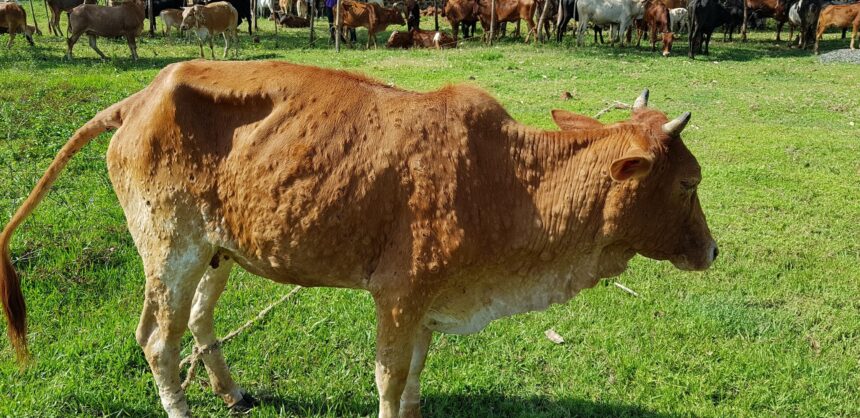After a prolonged hiatus, please allow me to welcome you all back to this highly informative and engaging platform, where we share notes and expertise on the various diseases and the latest developments in the world of animal health.
Today, we will be touching on the highly infectious lumpy skin disease, which has raged local beef value chains and equally the lives of Namibian farmers. The diseases have to date claimed the lives of hundreds of cattle countrywide and continue to spread.
Lumpy skin is a viral disease of great economic losses that results from movement restrictions, death to the animal, extensive treatment costs as well as control measures.
In areas like Otjombinde, Otjituoo, Okakarara, Otjinene, Epukiro, Grootfontein, Nkurenkuru, Ondangwa and Rundu, where a huge population of farmers is dependent on weaner sales for survival, the restriction of animal movement due to the disease has caused a heavy burden on our poor farmers.
Due to the restriction of animal movement, farmers are currently finding it hard to take their kids back to school as well as provide university registration fees for their children, as they cannot sell due to restrictions.
The lumpy skin disease is normally not fatal but can cause severe illness and death in susceptible animals, especially those recovering from a difficult drought period with poor body conditions and weak immune systems, as is the case in Namibia.
The disease of cattle is characterised by fever, nodules on the skin, mucous membranes and internal organs, loss of weight, and sometimes death. The nodules are round, slightly raised, firm, and painful.
Transmission occurs via blood-feeding insects, such as certain species of flies and mosquitoes, or ticks and direct contact between infected and healthy susceptible animals.
As far as treatment, there is no specific antiviral treatment for the disease, but supportive care can help manage symptoms.
There are, however, antibiotics to help manage secondary bacterial infection, and this includes Terramycin, Swamycin and others. In worst cases, Duplocillin also works but it needs to be repeated.
Anti-inflammatory drugs to reduce the swelling as well as manage the fever are also available and these include the likes of Finadyne, VetCam, Inflacam and Metacam.
Others that can help you contain the disease are vitamins and minerals such as Kyroligo, Swavet metabolic, Multimin, Kyrophose metabolic, and Bi-boost, which help boost the immune system.
Also, give fluid therapy to those animals that are dehydrated and ensure good quality feed availability.
As it currently stands, vaccination remains the best form of defence against the disease. Let me urge all our farmers to please vaccinate their animals timely and keep in mind that all vaccines need time to induce an immune response.


